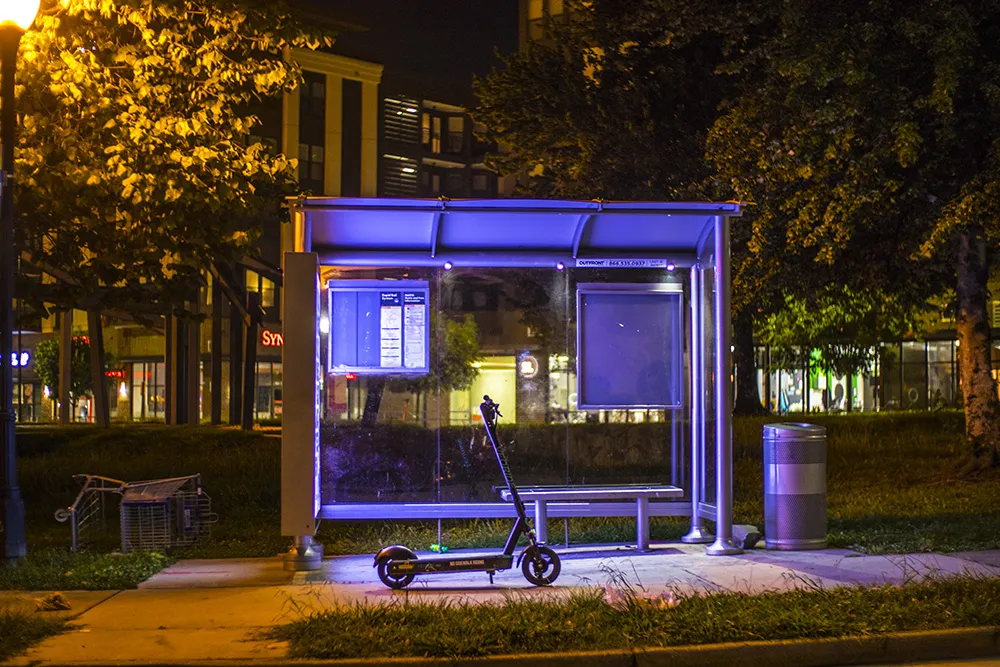Frost & Sullivan’s recent customer research study on car sharing in select European cities reveals that the market is fast gaining ground. Residents in a number of cities in France, Germany as well as in the UK are currently multi-modal transport users. While only one out of four claim familiarity with the car sharing concept, once familiar, the interest levels in these services zip to 38 per cent.
October 22, 2013
Read time: 2 mins
RSSFrost & Sullivan’s recent customer research study on car sharing in select European cities reveals that the market is fast gaining ground. Residents in a number of cities in France, Germany as well as in the UK are currently multi-modal transport users. While only one out of four claim familiarity with the car sharing concept, once familiar, the interest levels in these services zip to 38 per cent.
The survey-based study, Car Sharing End User Analysis in Selected European Cities, finds that traditional car sharing will increase from 0.7 million members in 2011 to more than 15 million members in 2020. The major interest groups include the young, the well-educated, the office goers, and university students, with no children.
“The car sharing trend is catching on rapidly due to its convenience and all-inclusive nature,” said Frost & Sullivan Automotive & Transportation Research Analyst Ricardo Moreira. “The deal clincher, however, is its cost efficiency, which was cited by 61 per cent of the respondents.”
The rising popularity of car sharing services has expectedly eaten into the share of other modes of transportation, but that is not to say it will nudge them out. Potential car sharers reported that they would – for the time being - consider replacing one out of three trips with car sharing. Between 25 to 40 percent of current drivers claimed they would give up their cars and about 60 percent of non-owners said they would refrain from buying a car.
The growing of the trend can further be observed in the Frost & Sullivan forecast that traditional car sharing in Europe will reach nearly 0.24 million vehicles by 2020. Basic and small vehicles are currently popular options among car sharing operators (CSO).
The future of the market however, will be determined by peer-to-peer (P2P) car sharing. Though only 18 per cent of respondents seem willing to share their own cars, P2P car sharing has been growing rapidly since 2008, having recorded 100 per cent growth between 2010 and 2011. As a result, the market is expected to have nearly 0.31 million vehicles in operation and more than 0.74 million members by 2020.
The survey-based study, Car Sharing End User Analysis in Selected European Cities, finds that traditional car sharing will increase from 0.7 million members in 2011 to more than 15 million members in 2020. The major interest groups include the young, the well-educated, the office goers, and university students, with no children.
“The car sharing trend is catching on rapidly due to its convenience and all-inclusive nature,” said Frost & Sullivan Automotive & Transportation Research Analyst Ricardo Moreira. “The deal clincher, however, is its cost efficiency, which was cited by 61 per cent of the respondents.”
The rising popularity of car sharing services has expectedly eaten into the share of other modes of transportation, but that is not to say it will nudge them out. Potential car sharers reported that they would – for the time being - consider replacing one out of three trips with car sharing. Between 25 to 40 percent of current drivers claimed they would give up their cars and about 60 percent of non-owners said they would refrain from buying a car.
The growing of the trend can further be observed in the Frost & Sullivan forecast that traditional car sharing in Europe will reach nearly 0.24 million vehicles by 2020. Basic and small vehicles are currently popular options among car sharing operators (CSO).
The future of the market however, will be determined by peer-to-peer (P2P) car sharing. Though only 18 per cent of respondents seem willing to share their own cars, P2P car sharing has been growing rapidly since 2008, having recorded 100 per cent growth between 2010 and 2011. As a result, the market is expected to have nearly 0.31 million vehicles in operation and more than 0.74 million members by 2020.









